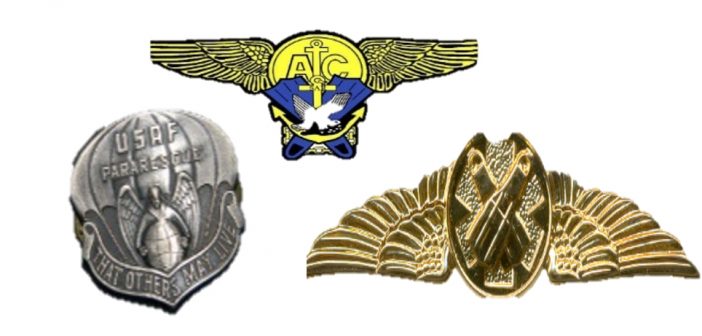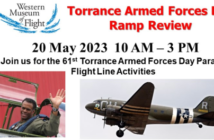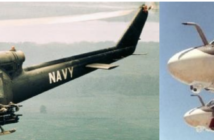As a Naval Aviator and a helicopter pilot who flew search and rescue missions, I had the privilege of flying with the bravest men (and now women) in the world – Navy (and Coast Guard) rescue swimmers. These men and women willingly jump out of a helicopter on a stormy, dark assed night thousands of miles from the nearest piece of land and in water thousands of feet deep. And, oh by the way, the water is full of fish who look at them as a meal.
They do this without hesitation to assist a downed pilot or a survivor lost at sea with the understanding that the helicopter pilots will be able to find and hoist them back aboard the helicopter. Add in the danger of capture, torture and even death in a combat rescue, the risk to their own lives goes off the charts. They do it because they want to save lives.
To become a Navy rescue swimmer, each candidate has to complete a difficult six- week course that has a very high dropout rate. This involves learning a variety of skills for remote land and water survival, training in aircraft systems and first and self-aid classes. Some go on to more sophisticated emergency medical services training. The Air Force guys and gals go through a ground combat class and learn parachuting. They all join the pilots in Survival, Evasion, Resistance and Escape (SERE) training that put the service member in a “simulated” POW camp. For those that have been through SERE training, it takes about one millisecond in the POW camp to realize that it is not going to be a fun experience.
During the Vietnam War, Navy rescue swimmers were men from all enlisted rates who volunteered to be a rescue air crewman in addition to their duties as electricians, mechanics, avionics technicians, etc. If they passed the training, they were awarded a shiny pair of gold wings and were paid an extra hundred dollars a month!
Nowadays, the Navy rescue swimmer program is a separate rate open to men and women. The extra pay is a whopping hundred and fifty dollars a month for the same job in which the training is still intense.
So, if you ever meet a Navy or Coast Guard Rescue Swimmer or an Air Force Pararescueman, you are in the presence of one of the bravest individuals in the world. Thank and hug them. They will be embarrassed, but that is O.K. They need the recognition.
© Marc Liebman, March 2018, all rights reserved




